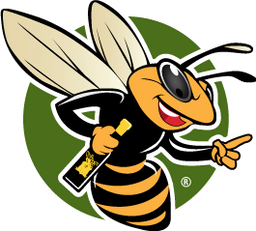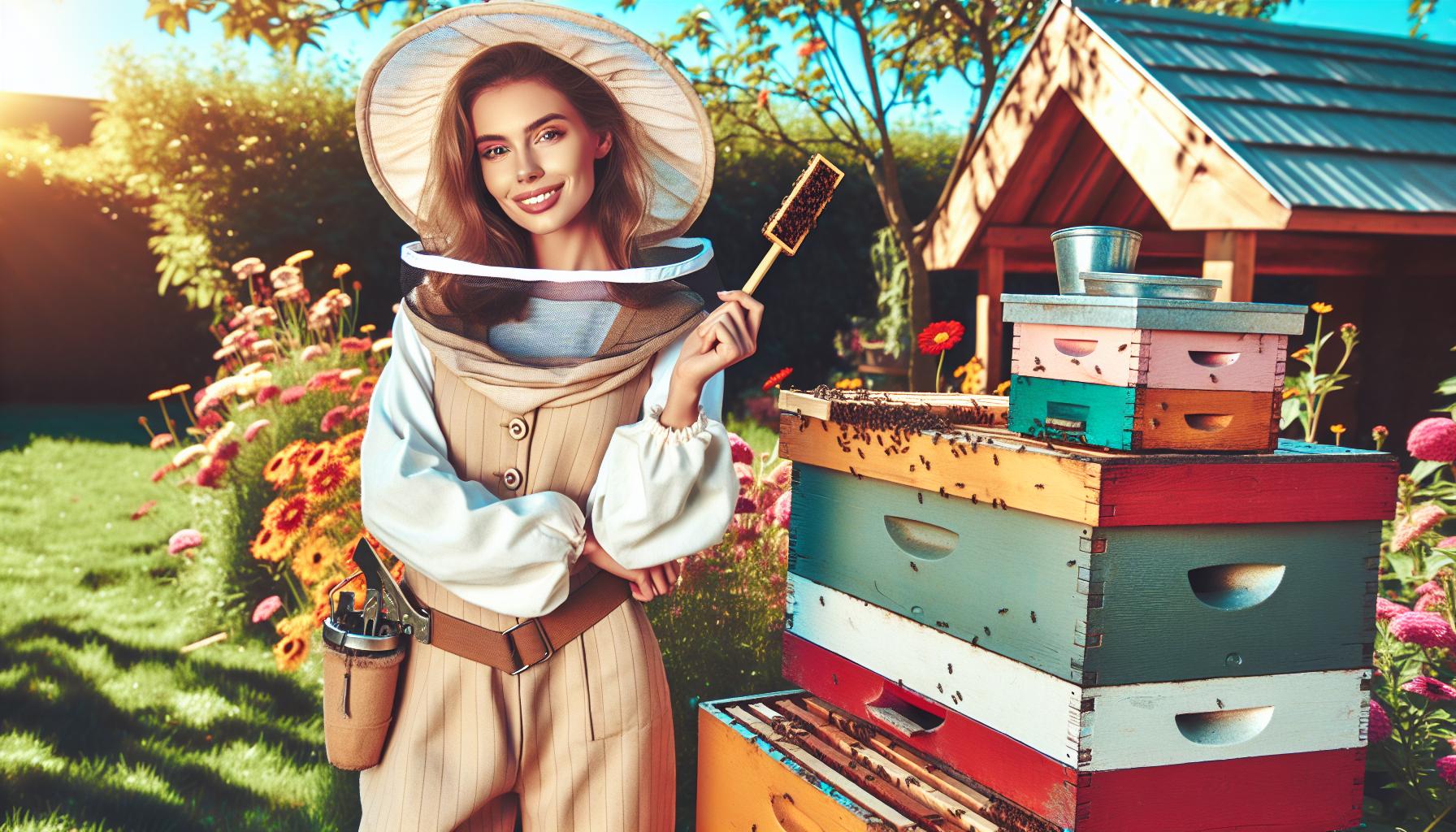Beekeeping is gaining traction as a fulfilling hobby, offering individuals a chance to connect with nature while supporting vital pollinators. For beginners, the world of bees can initially seem complex, but a bee starter kit simplifies the journey by providing the essential tools and guidance needed to begin. Whether you’re interested in harvesting honey or fostering a healthier environment, these kits serve as a launchpad for a rewarding beekeeping experience.
What is a Bee Starter Kit?
A bee starter kit is a pre-assembled collection of tools, equipment, and resources tailored for novice beekeepers. By consolidating all the essential items into one convenient package, it eliminates the need to purchase components individually.
The typical contents of a bee starter kit include:
- Beehive: Often a Langstroth-style hive with frames and foundation for honeycomb development.
- Protective Gear: A beekeeper's suit, gloves, and veil to shield against stings.
- Smoker: Used to calm bees during inspections.
- Hive Tool: For prying apart frames and scraping wax.
- Instructional Materials: Guides or manuals to assist with hive management and understanding bee behavior.
Some advanced kits may also include feeders, queen excluders, or even a nucleus colony (nuc) to kickstart your hive.
Key Components of a Bee Starter Kit
-
Hive and Frames
The hive acts as the home for your bees. Langstroth hives, which are common in starter kits, feature removable frames that support honeycomb construction. These frames make it easy to inspect the hive and harvest honey without disturbing the colony. -
Protective Gear
Safety is paramount in beekeeping. Kits typically include a full-body suit, gloves, and a veil to protect against stings. Some kits also come with ankle guards or reinforced seams for added security. -
Tools and Equipment
- Smoker: Produces smoke to calm bees, making inspections smoother.
- Hive Tool: A multi-functional tool used to pry apart hive components and scrape excess wax.
-
Bee Brush: Helps gently move bees without harming them.
Comprehensive kits may also include feeding equipment, honey extraction tools, or frame grips for added functionality.
-
Bee Colony (Optional)
Some starter kits guide you on acquiring a nucleus colony (nuc) or packaged bees. A nuc usually includes a queen bee, worker bees, and drones, allowing you to establish your hive quickly.
How to Choose the Right Bee Starter Kit
1. Consider Your Location and Climate
The success of your hive depends on your environment. In warmer regions, look for kits with ventilated hives to prevent overheating. Conversely, colder climates require insulated hives to protect against freezing temperatures. Urban beekeepers may prefer compact kits for limited spaces.
2. Evaluate Your Budget
Basic starter kits range from $100 to $200, providing essential tools like a hive, smoker, and protective gear. Advanced kits, priced between $200 and $500, often include extras such as instructional materials, feeding equipment, or a nuc. Balance affordability with quality to ensure a successful start.
3. Check Kit Quality
Durability and compatibility are key. Opt for hives made from weather-resistant materials like cedar or pine. Protective clothing with reinforced seams and high-quality zippers enhances safety and longevity. Reading reviews can provide insights into the reliability and user satisfaction of specific kits.
Benefits of Using a Bee Starter Kit
- Simplifies Setup: Everything you need in one package, saving time and effort.
- Cost-Effective: Bundling items is often cheaper than buying them separately.
- Promotes Proper Integration: Ensures compatibility between tools and hive components.
- Supports Learning: Often includes guides and resources to help beginners gain confidence.
- Encourages Sustainability: Fosters healthy hive practices that benefit the environment.
Tips for Getting Started with Your Bee Starter Kit
1. Setting Up Your Hive
- Choose a location that’s sunny, sheltered, and away from foot traffic. Ensure access to nearby flowers for foraging.
- Assemble the hive according to instructions, placing frames evenly for efficient comb development.
2. Introducing Your Bees
- If your kit doesn’t include bees, purchase a nucleus colony or package bees. Follow instructions for safely introducing them to the hive.
3. Routine Maintenance
- Inspect the hive every 7–10 days to monitor for pests, diseases, and overall health.
- Provide supplemental nutrition during nectar shortages or winter months.
4. Prepare for Seasonal Changes
- Insulate the hive during winter to protect against cold temperatures.
- Increase ventilation in summer to prevent overheating.
Conclusion
A bee starter kit is an invaluable resource for anyone interested in beekeeping. By simplifying the setup process and providing the tools needed for success, these kits empower beginners to embark on a fulfilling journey. With proper care, preparation, and dedication, you’ll be well on your way to supporting pollinators and contributing to a healthier ecosystem.
Frequently Asked Questions
What is a bee starter kit?
A bee starter kit is a pre-assembled package designed for beginners. It typically includes a beehive, protective clothing, a smoker, a hive tool, and sometimes guides or manuals to help new beekeepers get started.
Why is a bee starter kit ideal for beginners?
Bee starter kits eliminate the need to source individual items, simplifying the setup process. They provide essential tools and guidance, allowing beginners to focus on learning hive management and developing confidence.
How much does a bee starter kit cost?
Basic kits cost between $100 and $200, while advanced kits range from $200 to $500.
Do starter kits include live bees?
Some kits provide guidance on obtaining a live bee colony. A nucleus colony (nuc) or package bees is commonly purchased separately.
How do I choose the right kit?
Consider your budget, location, and climate. Ensure the materials are durable and bee-friendly, and read reviews to gauge quality.



